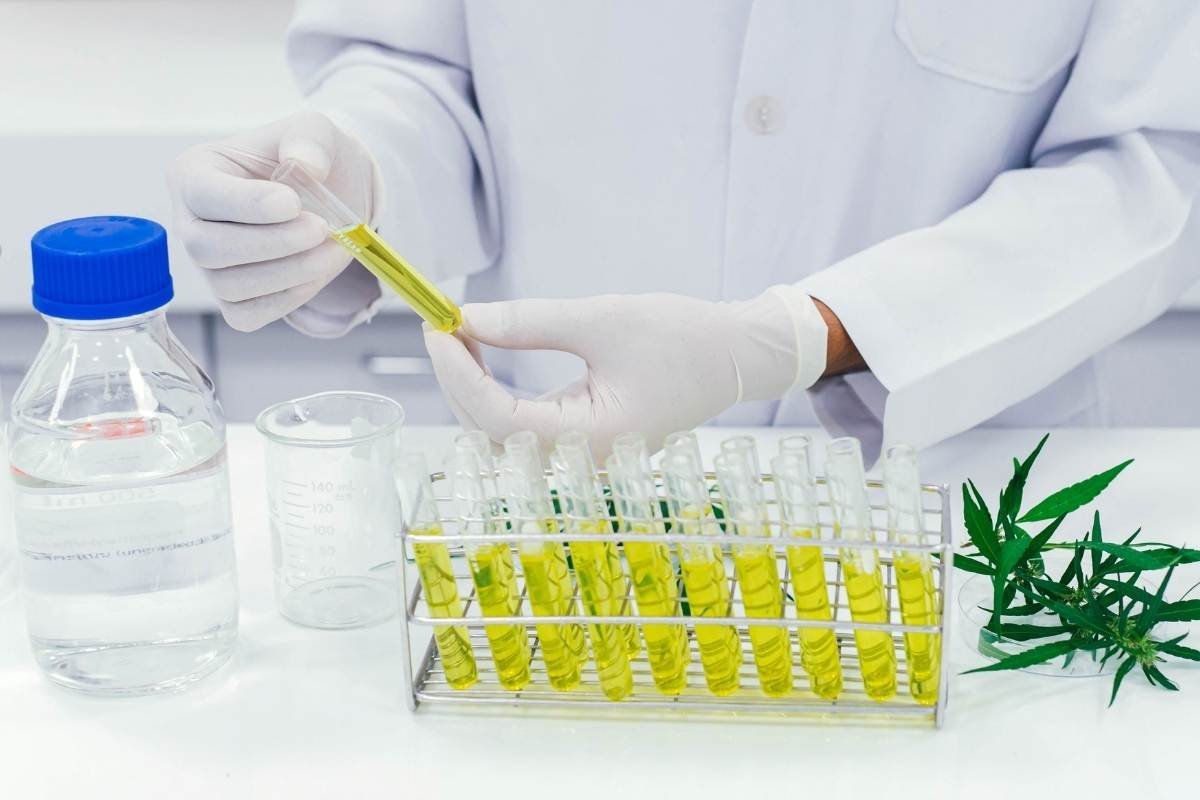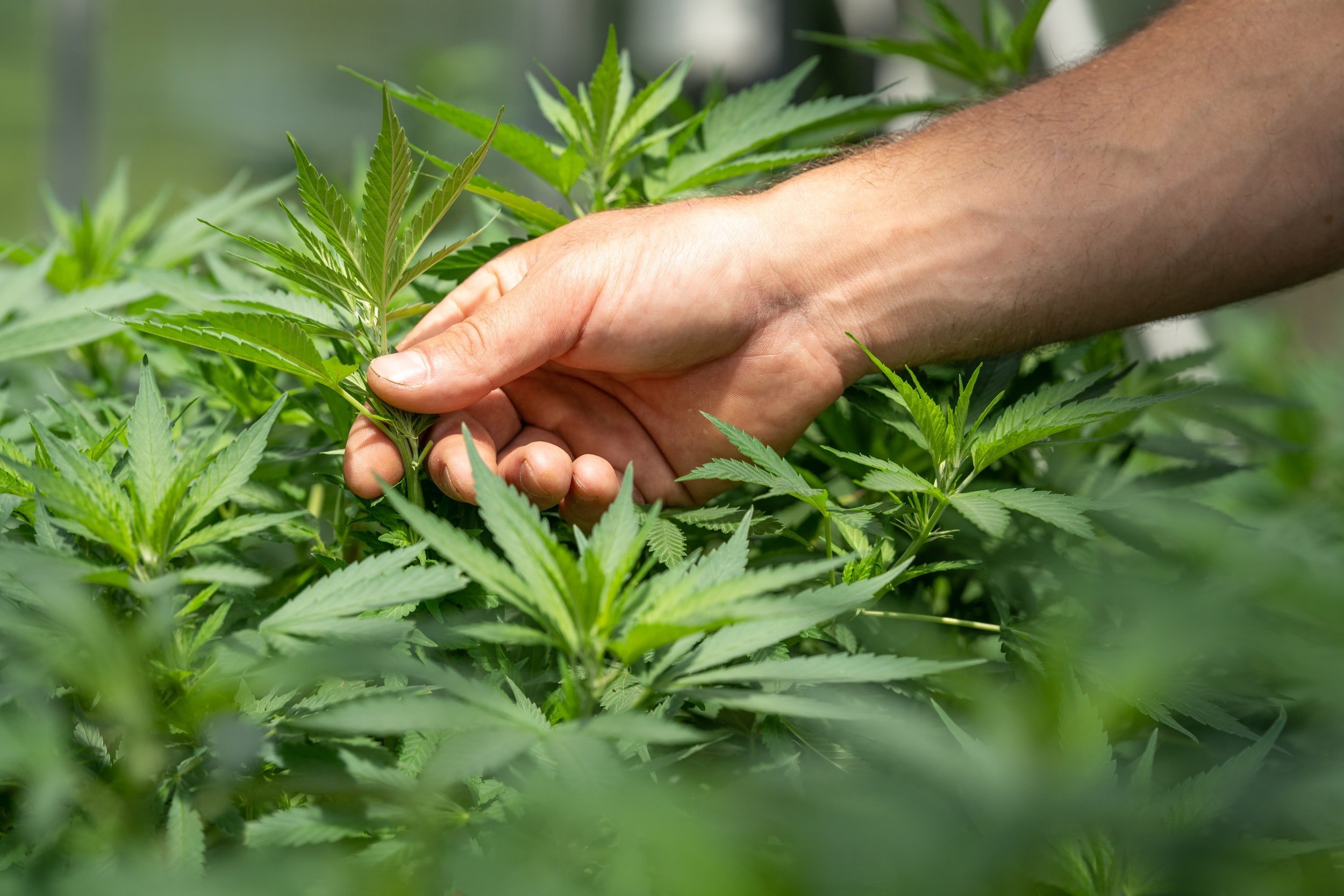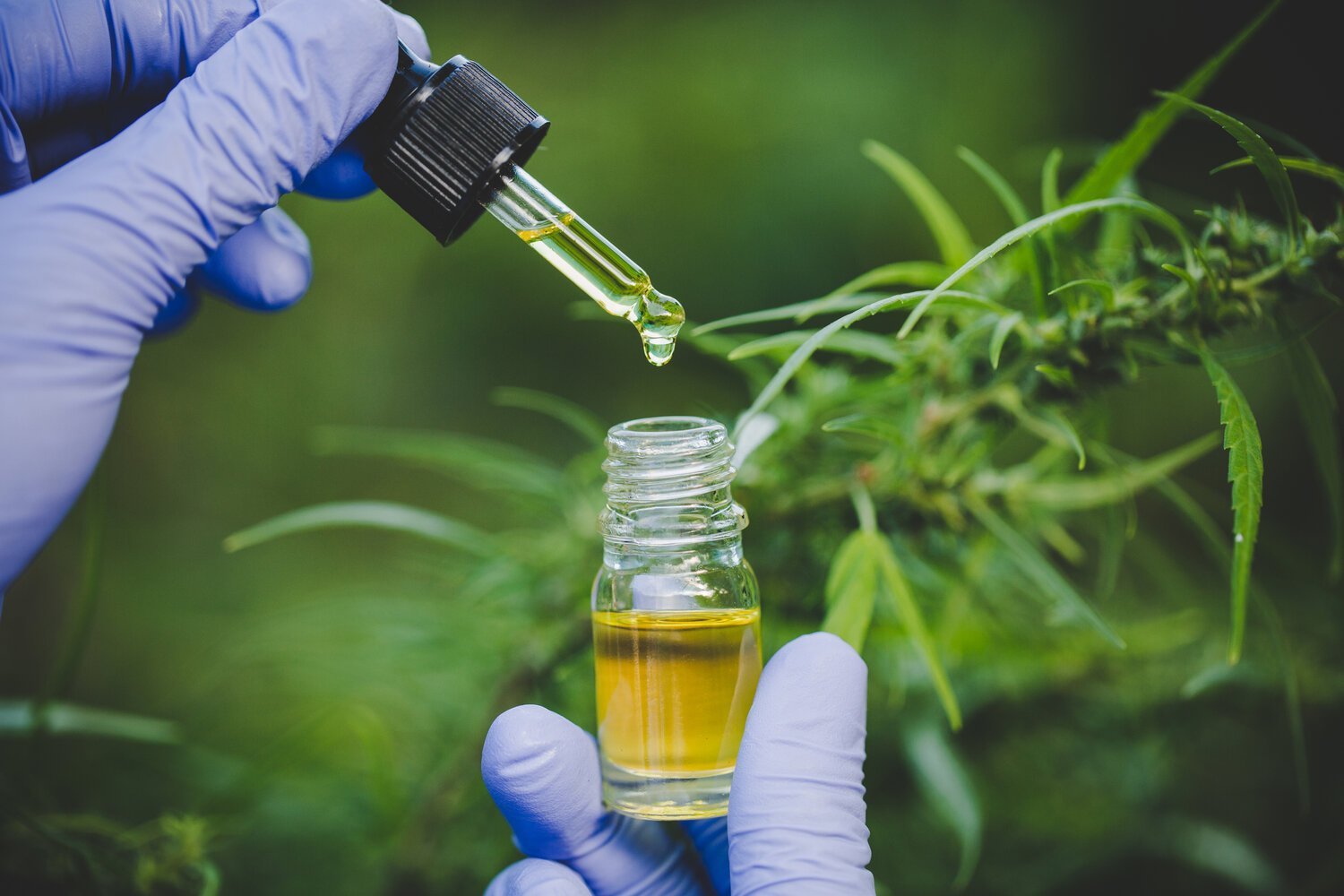CBD 101: What it is, what it does, and how it’s helpful
Cannabidiol - or CBD - is the main non-intoxicating component of the cannabis plant. Although federally marijuana is still illegal, the Drug Enforcement Agency recently legalized specific CBD products derived from the cannabis plant. Thirty-three states have legalized medical marijuana. Scientific studies continuously show that marijuana is both safe and has enormous medical potential.
Please read our Cannabis Health & Safety page. There appears to be a consensus among researchers that cannabidiol is relatively benign. Consumers typically purchase CBD made from hemp, which contains no more than 0.3% tetrahydrocannabinol (THC).
There are numerous contraindications to be aware of for cannabis containing THC (marijuana), meaning that there are circumstances when marijuana could be detrimental. Additionally, people with brain injuries may be more vulnerable to substance abuse, including abuse of marijuana.
What CBD is:
The term marijuana broadly refers to any part of the cannabis plant or any of the three distinctive subspecies, Cannabis sativa, Cannabis indica, and Cannabis ruderalis. CBD is one of the many chemical compounds found naturally in the cannabis plant. The other well-known compound from marijuana is THC which is the main psychoactive component of cannabis.
Both CBD and THC are naturally occurring, have medicinal properties, and cannot cause a deadly overdose. CBD and THC are part of a group of chemicals called cannabinoids, which have been the subject of much research. This research has been occurring for decades and is perhaps one of the most underreported developments in modern science. To date, scientists have performed over 140 clinical trials that prove the safety and efficacy of marijuana. By contrast, the Journal of the American Medical Association reported that the median number of clinical trials drugs must go through before FDA approval is two. Over one-third of FDA approved pharmaceuticals have undergone only a single clinical trial. We know more about cannabinoids than we know about some of the most conventional medicines.
The World Health Organization (WHO) in a November 2017 report concluded that "CBD is generally well tolerated with a good safety profile. For further information, see our blog page WHO report.
What CBD does:
Cannabinoid research led to the discovery of a previously unknown system in the human body - the endocannabinoid system.
This system is a network of endocannabinoids (the cannabinoids that your body makes naturally), their receptors, and the enzymes that make, transport, and break them down. The endocannabinoid system is involved in many biological processes including the immune system, the nervous system, and almost all of the body’s organs. The molecules and receptors involved are found in many parts of the body, including the brain, spinal cord, organs, connective tissues, glands, and immune cells. CBD exerts its functions within the structure of this innate system.
How CBD is helpful:
CBD is a potent antioxidant that modulates both exotoxicity and inflammation. This antioxidant quality is an especially important quality for traumatic brain injuries such as concussions because these injuries cause cell death, brain inflammation, and disruption of blood vessels. Use of cannabinoids such as CBD after a traumatic brain injury is linked to decreased inflammatory cell activation, improvements in mood, and reduced concussion symptoms.
CBD is a complex molecule that acts on the brain through many different pathways. These pathways can be summed up into primary main mechanisms:
CBD is an antagonist of CB1 and CB2 receptor agonists, thereby inhibiting inflammation.
CBD inhibits reuptake of adenosine which enhances signaling and leads to anti-inflammation effects.
CBD activates serotonin receptors which thereby increases cerebral blood flow.
CBD is an NMDA-receptor antagonistic and scavenges for harmful free-radicals, thereby producing anti-oxidant effects.
While these pathways are all different from one another, the result is that CBD can help prevent some of the harmful effects of primary and secondary* concussion injuries, including stopping inflammation and mediating some symptoms.
* Primary and secondary injury refers to the initial impact (primary injury) and the inflammatory and other immune cells that are recruited to the site of the injury (secondary injury).
Inflammation usually helps as an immune response, but when the inflammatory cells are recruited to the brain, it exacerbates concussion symptoms because the head can’t withstand that much pressure.
Author: Rebekah Kissel is a Biology major and Public Policy minor at Carleton College. She is an intern with Concussion Alliance, building the College Pilot Program and doing research analysis and science writing.














A study found that “veterans with chronic headache were very interested in combining alternatives, such as acupuncture, massage, yoga or tai chi, with mainstream medicine and that they were encouraged by the fact that alternatives exist to simply taking additional pharmaceuticals for pain.”